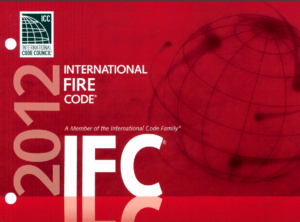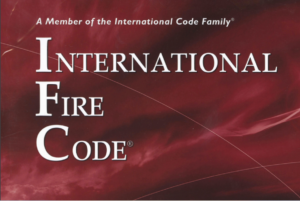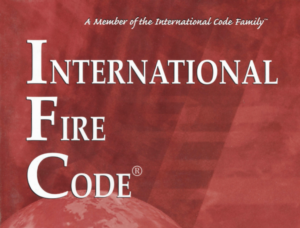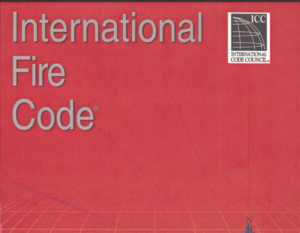The 2010 edition of the NFPA 10, Standard for Portable Fire Extinguishers, serves as a comprehensive guide on the use and management of portable fire extinguishers. Developed by the Technical Committee on Portable Fire Extinguishers, this standard was officially released on December 5, 2009, and it sets forth minimum requirements for the selection, installation, inspection, maintenance, and testing of portable extinguishing equipment.
This edition continues the tradition of ensuring that portable fire extinguishers are effective as a first line of defense against initial fires, regardless of whether buildings are equipped with more comprehensive fire suppression systems like sprinklers. It emphasizes that these extinguishers are essential in controlling small fires and outlines detailed procedures for their deployment and maintenance.
Significant updates in the 2010 edition include modifications to comply with the Manual of Style for NFPA Technical Committee Documents. These modifications involve the removal of unenforceable terms to improve the clarity and enforceability of the standard’s provisions. Additionally, there are updates in the annexes to clarify procedures concerning the removal of obsolete fire extinguishers, ensuring that only effective, modern equipment is in use.
Overall, the NFPA 10 (2010 Edition) aims to provide clear and updated guidance to professionals responsible for the installation and maintenance of fire extinguishers, ensuring they are prepared to handle and respond to fire incidents effectively with the appropriate extinguishing agents. This standard is crucial for safety professionals, building managers, and regulatory authorities to ensure that fire extinguishers are correctly implemented and maintained for optimal performance in emergency situations.






